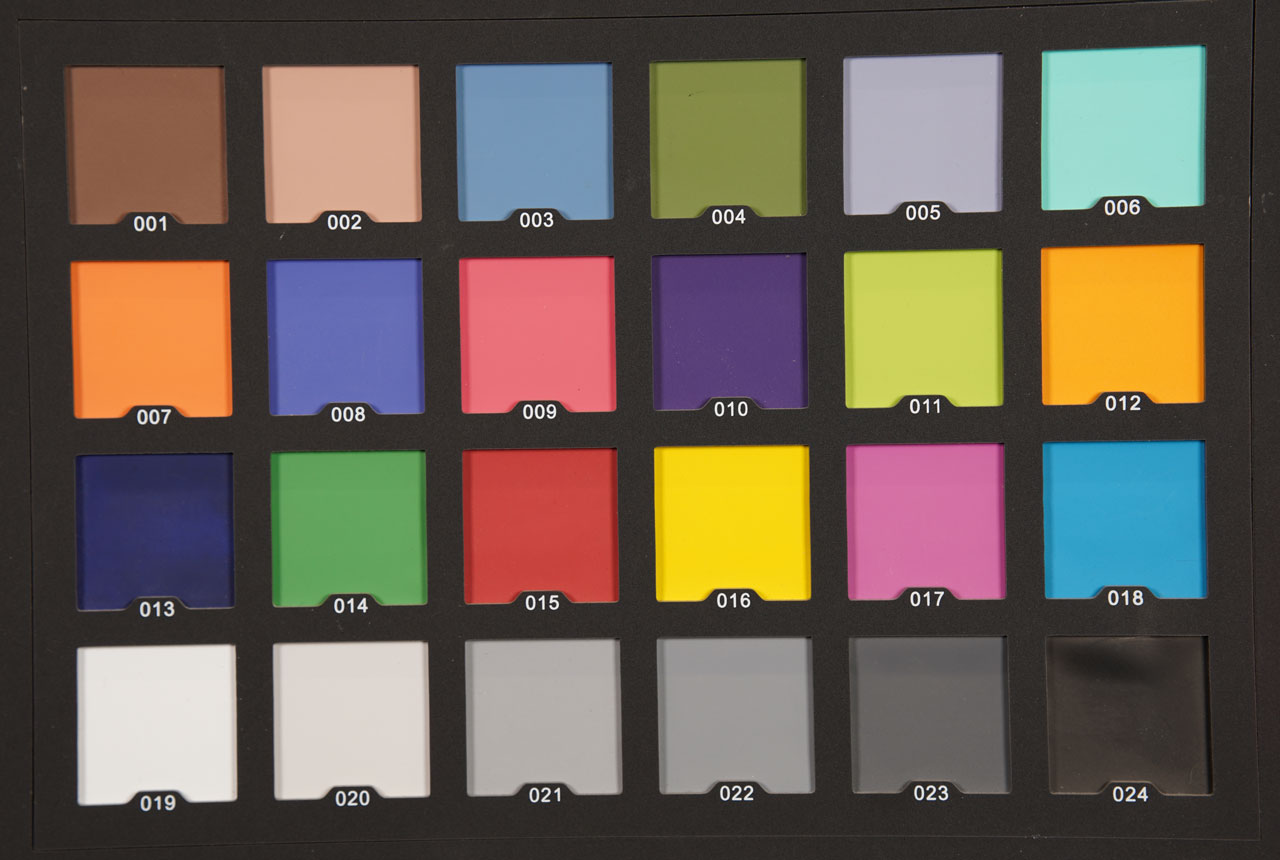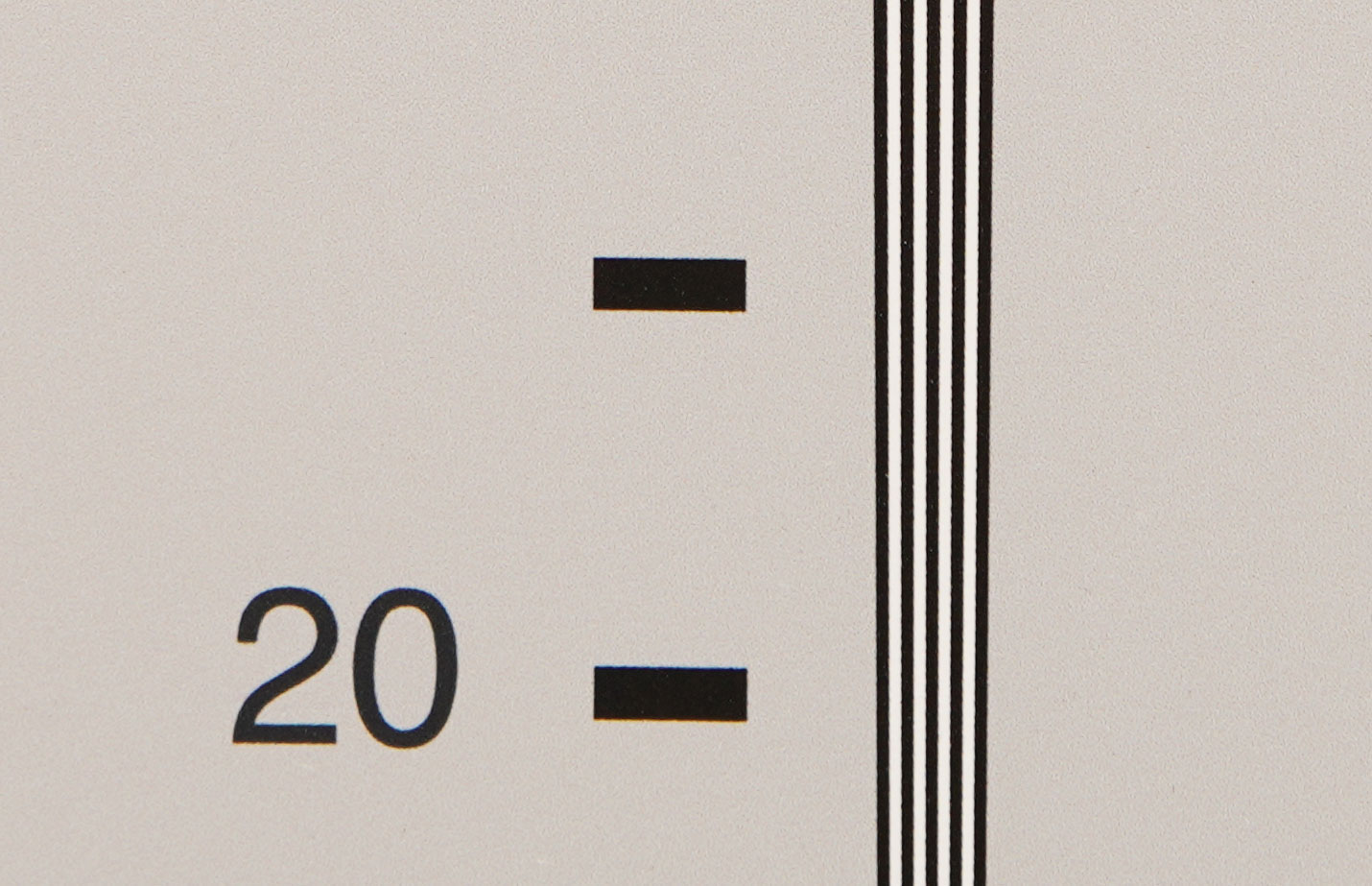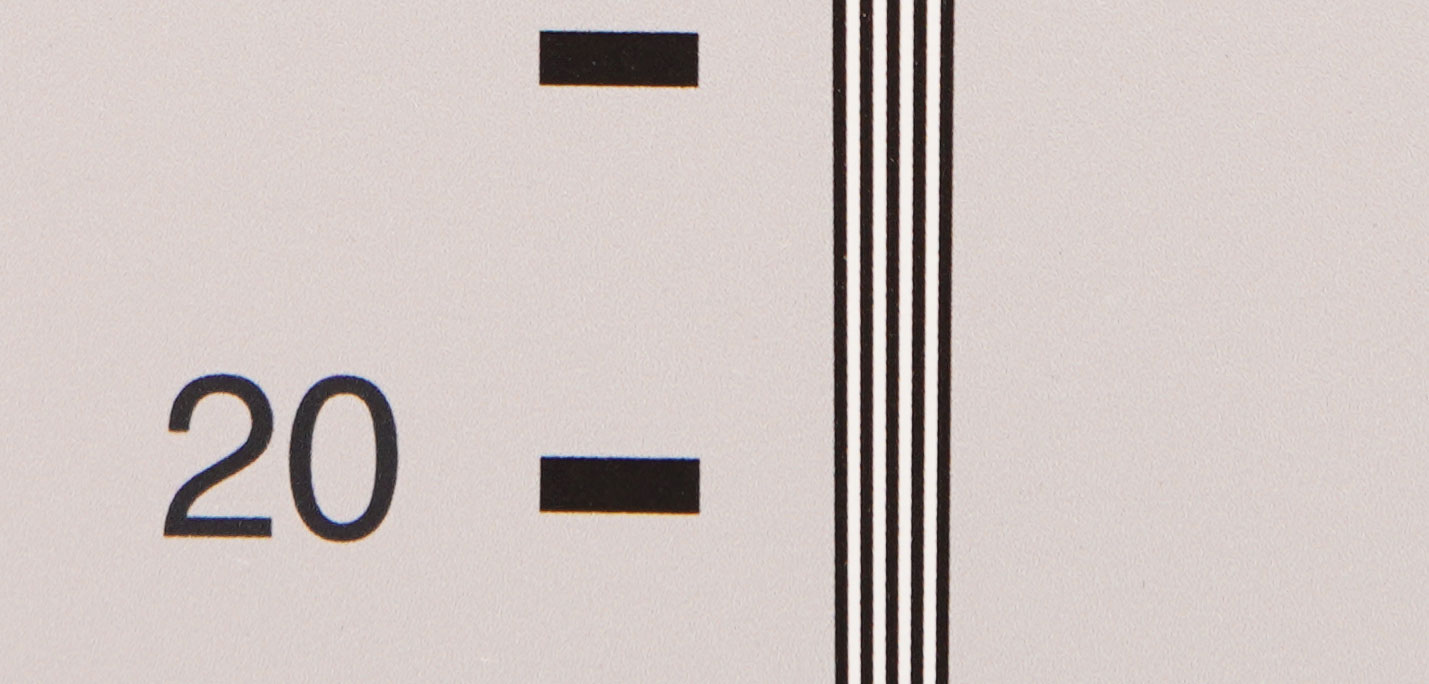Today we are taking a look at a kit of magnetic filters by Haida. These are the NanoPro lightweight stackable low-profile filters and on this review, we shall see just how well they perform.
Haida
Since 2007, the Chinese optics manufacturer Haida has been focusing on producing high-quality optics for lenses. They’ve been developing nano-coating and multi-coating processes to ensure the best light filtration results for their optics.
Advanced coatings
What’s in the kit
Haida ships this kit in a semi-hard case with 4 dividers inside. Our kit included two ND filters, a CPL filter, a magnetic adapter ring, and a step-up ring, as well as a metal magnetic lens cap. Ours are all 82mm thread diameter, but Haida offers different sizes from 52-82mm (special orders of other sizes available).
The Haida magnetic Kit
Build
Both the case and the filters look and feel like a quality product. Each piece is clearly marked on the front.
The filters are very lightweight aluminum alloy and are only 2.9mm thick (4.2mm with the adapter). The nano-coating protects the glass from scratches and helps with cleaning the smudges. The magnetic hold is pretty strong and shouldn’t have a problem keeping the glass in place.
There is micro etching on the edges of the filters and the adapters to pull them apart easily. Because of the seamless magnetic hold, these can be stacked one on another. The lens cap features a nice velvety interior and is a really low profile as well. The only problem with this type of cap is that you can’t really use it with a hood.
Different magnetic components
How they work
To use these filters on your lens, you first screw on the adapter ring. This ring is very slim, and won’t get in the way if you just leave it on the lens. To install the filter, simply place it onto the adapter ring with the text facing out. It just snaps into place with magnetic force.
This system makes it really easy to switch out the filters. We have two different ND filters. You place one on, and you realize that it’s not strong enough, you can quickly replace it with the other one, or even combine them.
The ND1.8 glass filters out 6 stops of light, which means that it gives 64x the reduction in light. The ND 3 filters 10 stops of light, reducing it by 1000x.
The polarizing filter reduces the polarization effect caused by sunlight. Depending on the angle of rotation, it minimizes the haze in the sky and enhances the colors.
Use cases
Polarizing filters are often used in nature and architecture photography. They can also help to reduce glare and reflections in product shots.
By using ND filters, you can maintain a constant shutter speed when filming indoors and in sunlight, which will help you to expose correctly and give a uniform look to your video.
ND filters also help to filter out the light to create movement in photos even in bright sunlight, where slowing down the shutter speed usually would give a severely overexposed image.
In our video, you can see an example of how the Nano Pro ND 1.8 filter affects exposure. The sunlight is so bright that we can’t use the lens wide open. The 6 stops of light reduction with this filter allow us to open the aperture. With the Nano Pro ND 3.0 filter, we can open the aperture wide open even with fast glass because of the 10 stops of light reduction.
Some basic examples we shot with all the filters:
No filter (Sigma 85mm f/1.4, A7R IV)
CPL min
CPL max
CPL adjusted for exposure
ND 1-8 longer exposure (f/5.6, 1/2 second)
Tests
We tested the Haida Nano Pro filters to see if they affect colors or sharpness in any way.
We shall start with the color/tint test. You can see here 4 images shot on our Sony A7R IV with the Sigma 85mm f/1.4 DG DN lens:
No filter
Nano Pro ND 1.8 filter
Nano Pro ND 3.0 filter
Nano Pro polarizer filter
Next, we move over to the sharpness test. This was shot with the same camera/lens setup at f/4.5, ISO 100 and the crop is 200% at the edge of the frame.
No filter
Nano Pro ND 1.8 filter
Nano Pro ND 3.0 filter (here you might see a slight purple tint but no real loss in sharpness)
Nano Pro polarizer filter
Conclusion
In conclusion, these Nano Pro filters are very high-quality glass. They don’t change the colors, tint, or sharpness; they are quick to install and easy to clean. The only reservation we have about the magnetic hold is that it is possible to knock the filter off if you bump the lens on something. But in most cases, it shouldn’t be a problem.
Pricing
As for pricing, a similar kit to the one we tried with an additional magnetic UV protector sells for $475 on B&H.
You can check out more LensVid exclusive articles and reviews on the following link.

You can support LensVid by shopping with our affiliate partners
Affiliates: Amazon, B&H, Adorama and E-bay.
Why should you trust us?















